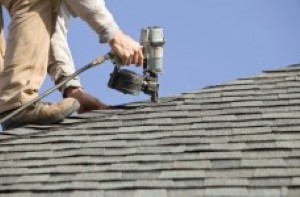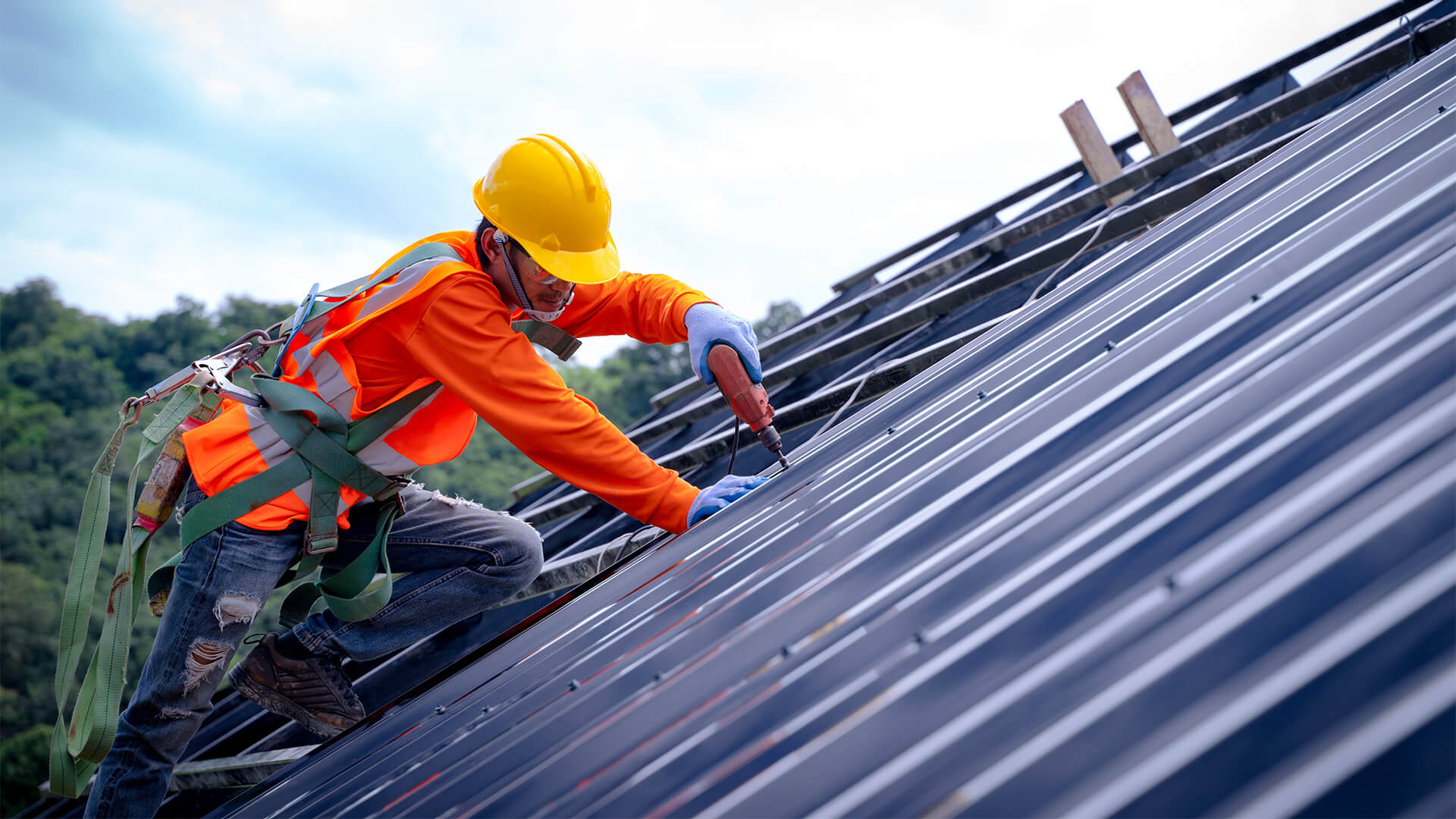Roofing Companies Oahu: Trusted Professionals for Your Roofing Demands
Wiki Article
Comprehending the Different Kinds Of Roofs: A Comprehensive Guide for Homeowners
In the realm of homeownership, selecting the suitable roof style is a decision that lugs significant effects for both performance and visual allure. With an array of alternatives-- ranging from the typical gable to the contemporary flat-- each type offers special advantages and challenges that should align with the property owner's ecological considerations and particular demands. Understanding these differences not only aids in making an educated option however likewise affects lasting maintenance and power performance. As we check out the ins and outs of different roof types, it comes to be noticeable that dimension does not fit all; the ideal option may amaze you.Gable Roofings
Saddleback roofs, defined by their triangular form, are amongst the most popular roof designs because of their simpleness and effectiveness in dropping water and snow. This layout includes 2 sloping sides that satisfy at a ridge, enabling effective drain and lessening the threat of water accumulation. The high pitch commonly related to saddleback roofs improves their capability to deal with heavy rainfall, making them appropriate for different environments.Along with their functional advantages, gable roof coverings use aesthetic convenience. They can be adjusted to different architectural designs, from conventional to modern homes. The design can also accommodate extra functions such as dormer windows, which improve all-natural light and ventilation in the attic room space.
In addition, saddleback roofs supply sufficient space for insulation, adding to energy performance. Property owners can choose from a selection of roofing products, consisting of asphalt tiles, steel, and ceramic tiles, additionally enhancing personalization choices.
Despite their benefits, saddleback roofs may require added support in locations prone to high winds or heavy snowfall. On the whole, the gable roofing system continues to be a preferred option due to its blend of functionality, sturdiness, and visual charm.
Apartment Roofs
Flat roof coverings are typically identified for their minimalist style and functional applications, specifically in commercial and business settings (oahu roofing). These roofs include a virtually horizontal or horizontal surface, which permits very easy building and construction and flexible space usage. While they might do not have the visual appeal of pitched roof coverings, flat roofs offer numerous advantages, particularly in urban settings where taking full advantage of area is criticalOne of the primary advantages of flat roof coverings is their accessibility. Homeowners can utilize the roofing room for numerous purposes, such as roof gardens, balconies, or solar panel installations. Furthermore, level roofs are typically much more cost-efficient to mount and preserve compared to their sloped counterparts, as they call for fewer products and labor.
Typical products made use of for flat roofs include built-up roof (BUR), changed bitumen, and single-ply membranes, each offering distinctive advantages. In general, flat roofings offer as a adaptable and functional choice for numerous house owners and companies alike.
Hip Roofings
Hip roofings are characterized by their sloped sides that merge at the top, forming a ridge. This layout stands out from gable roofings, as all 4 sides of a hip roofing incline downwards towards the wall surfaces, giving a much more secure framework. The angle of the inclines can vary, enabling flexibility in architectural aesthetics and functionality.One of the primary benefits of hip roof coverings is their capability to stand up to hefty winds and unfavorable weather. The sloped surfaces enable better water drain, minimizing the threat of leakages and water damage. Furthermore, hip roofs use enhanced attic room room, which can be utilized for storage and even converted right into comfortable locations.
Nonetheless, creating a hip roof can be a lot more costly and intricate than less complex roof kinds, such as saddleback roofs. The additional product and labor associated with producing the inclines and guaranteeing proper structural integrity can lead to higher costs. In spite of these downsides, lots of homeowners prefer hip roofing systems for their resilience, aesthetic charm, and potential for power performance.
Mansard Roofings
Mansard roofings, typically acknowledged by their unique four-sided design, function 2 slopes on each side, with the reduced slope being steeper than the upper. This architectural design, stemming from France in the 17th century, is not only cosmetically attractive yet functional, as it takes full advantage of the useful room in the upper floorings of a structure. The steep reduced incline allows for even more headroom, making it an ideal choice for lofts or attic rooms, which can be converted into living spaces.Mansard roofing systems are defined by their adaptability, suiting numerous building styles, from conventional to modern. They can be constructed with various products, including asphalt shingles, slate, or steel, offering property owners with an array of options to match their choices and budget plans. Furthermore, the design enables the combination of dormer home windows, enhancing all-natural light and air flow in the upper degrees.
Nevertheless, it is essential to think about the prospective downsides. Mansard roofing systems might require even more maintenance because of the complexity of their layout, and their high slopes can be testing for snow and rainfall runoff. On the whole, mansard roofs incorporate sophistication with usefulness, making them a preferred option among homeowners seeking distinctive building functions.
Dropped Roofs
As home owners significantly look for simpleness and performance in their architectural styles, lost roofs have actually become a preferred option. Characterized by a solitary sloping airplane, a shed roofing system provides a minimalist visual that complements numerous home styles, from modern to rustic.Among the main advantages of a shed roof covering is its straightforward building, which often converts to reduce labor and material prices. This style enables efficient water drainage, minimizing the risk of leaks and water damage. Furthermore, the upright incline offers sufficient space for skylights, improving all-natural light within the interior.
Lost roof coverings also provide adaptability in regards to use. They can be efficiently incorporated right into enhancements, garages, or exterior frameworks like pavilions and sheds. Additionally, this roof style can accommodate various roof covering materials, consisting of steel, asphalt shingles, and even eco-friendly roofings, aligning with environment-friendly initiatives.
Nevertheless, it is necessary to consider regional climate conditions, as heavy snow tons may require adjustments to the roof covering's angle or structure. On the whole, dropped roof coverings present a functional and cosmetically pleasing option for property owners seeking to take full advantage of capability without endangering design.
Verdict


Gable roofing systems, defined by their triangular form, are amongst the most prominent roofing styles due to their simpleness and efficiency in losing water and snow. oahu roofing. The high pitch typically linked with gable roofs boosts their capability to deal with hefty precipitation, making them oahu roofing appropriate for numerous environments
While they might do not have the aesthetic allure of pitched roofs, level roofing systems use numerous benefits, particularly in urban settings where maximizing space is essential.

Report this wiki page